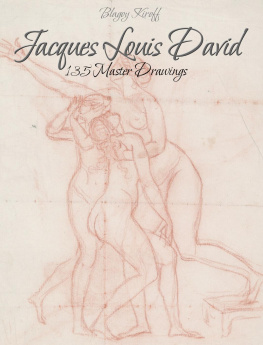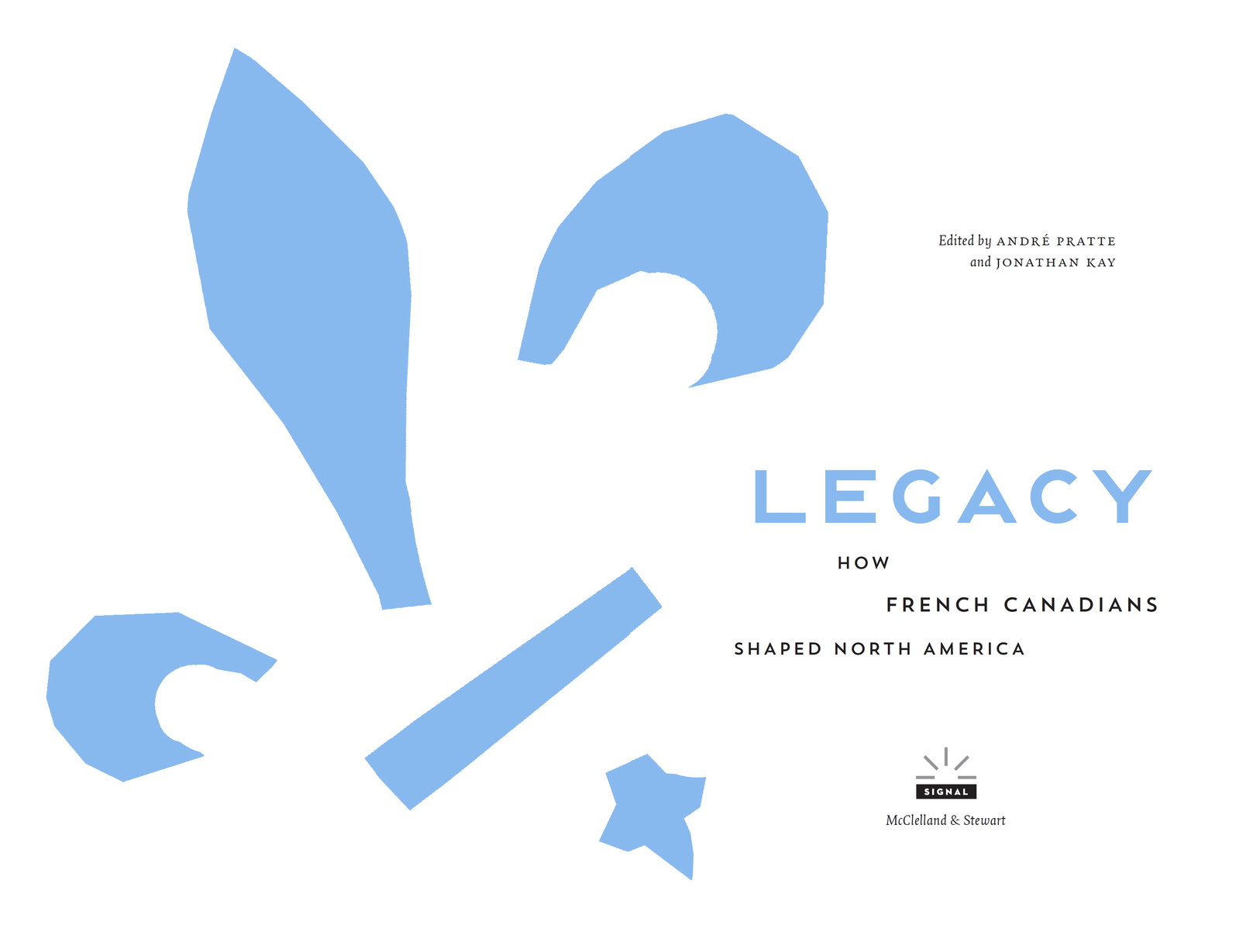ANDR PRATTE


FOREWORD
O N F EBRUARY 16, 1913, schoolchildren playing on bluffs near Fort Pierre, South Dakota, made a remarkable discovery. Protruding from the ground, under a fine dusting of snow, was a very old piece of metal. It had words engraved on either side. Words that they couldnt understand.
For nearly two hundred years, the work of the early-eighteenth-century explorer Pierre Gaultier de Varennes et de La Vrendrye and his sons had remained unknown to historians. Many doubted the claims that their travels west of Lake Superior had taken them as far as the Rocky Mountains. And besides, the explorers had failed in their mission, since they never found the passage leading to the fabled Western Sea.
Some, though, were convinced that the La Vrendryes deserved recognition as the first white men to have seen the great plains of central North Americaand indeed they had dedicated a dozen years of their lives to exploring the region and forging relationships with the Indigenous peoples who had lived there for centuries. One such historian, Doane Robinson, wrote in his 1904 History of South Dakota that one of La Vrendryes sons, Louis-Joseph, made a journal entry noting that in 1743 he had placed a lead plaque engraved with the name of King Louis XV in a spot that in all likelihood was located in South Dakota.
The youngsters playing at Fort Pierre 170 years later knew nothing of the La Vrendryes. But the adults with whom they shared their discovery decided to contact the local historiannone other than Robinson. He immediately grasped that the hunk of metal the children had found might be the plaque left by Louis-Joseph de La Vrendrye. Once he saw the inscriptions, there was no doubt. Engraved in Latin on the obverse side, before the party had set out from Quebec City, were the words
Anno XXVI regni Ludovici xv Prorege
Illustrissimo Domino Domino Marchione
De Beauharnois M D CC XXXXI
Petrus Gaultier de Lavrendrie Posvit
(In the twenty-sixth year of the reign of Louis XV , Pierre Gaultier de la Vrendrye, acting on behalf of the Marquis de Beauharnois, deposited this plate in 1741 in the name of our most illustrious sovereign, the King)
On the reverse, added on site in French, were the names of the members of that leg of the expedition, which had led them to the foothills of the Rockies.
There was no longer any question as to the routes that the La Vrendryes claimed to have taken. And since 1913, their names have been celebrated along with those of the other great explorers of the Americas.
As with any science, so it is with history: our knowledge must evolve as new discoveries come to light. In the case of Pierre Gaultier de La Vrendrye, though, some confusion persists. He is often spoken of as a French explorer. For example, the U.S. National Parks Services webpage dedicated to the historic site where the plaque was found reads in part: The Verendrye Siteis one of only a few verifiable sites associated with the first Europeans to explore the northern Great Plains region. Frenchman Pierre Gaultier De La Verendrye and his sons explored the interior of North America in the 18th century (emphasis mine). Except that La Vrendrye and his sons were not Frenchmen. They were Canadians. French Canadians.
Yes, Pierre de La Vrendrye considered himself a subject of King Louis XV , and explored North America for the glory of France. But, like his mother before him, he was born in New France and had chosen to make his life there. At the time, these French residents of northeastern North America were named Canadiens, and had been for a number of decades. They were viewed as distinct in their mores and characterized by an independent spirit, a certain indiscipline, a taste for liberty, and a contempt for social constraints, among other things. La Vrendrye himself, in his writings, discriminated between those men who had been born in Canada and his Franois, or Frenchmen.
Who knows whether the expeditions of La Vrendrye and his sons would have turned out the same way had these explorers been born in France. Would the Crown, which refused them financial backing, have been more supportive? Was La Vrendryes skill in dealing with the First Nations a hallmark of his Canadian culture? And what about the disorderly aspect of his explorations, which had so displeased the Comte de Maurepas, Frances minister of the marine, and cost La Vrendrye valuable time?







